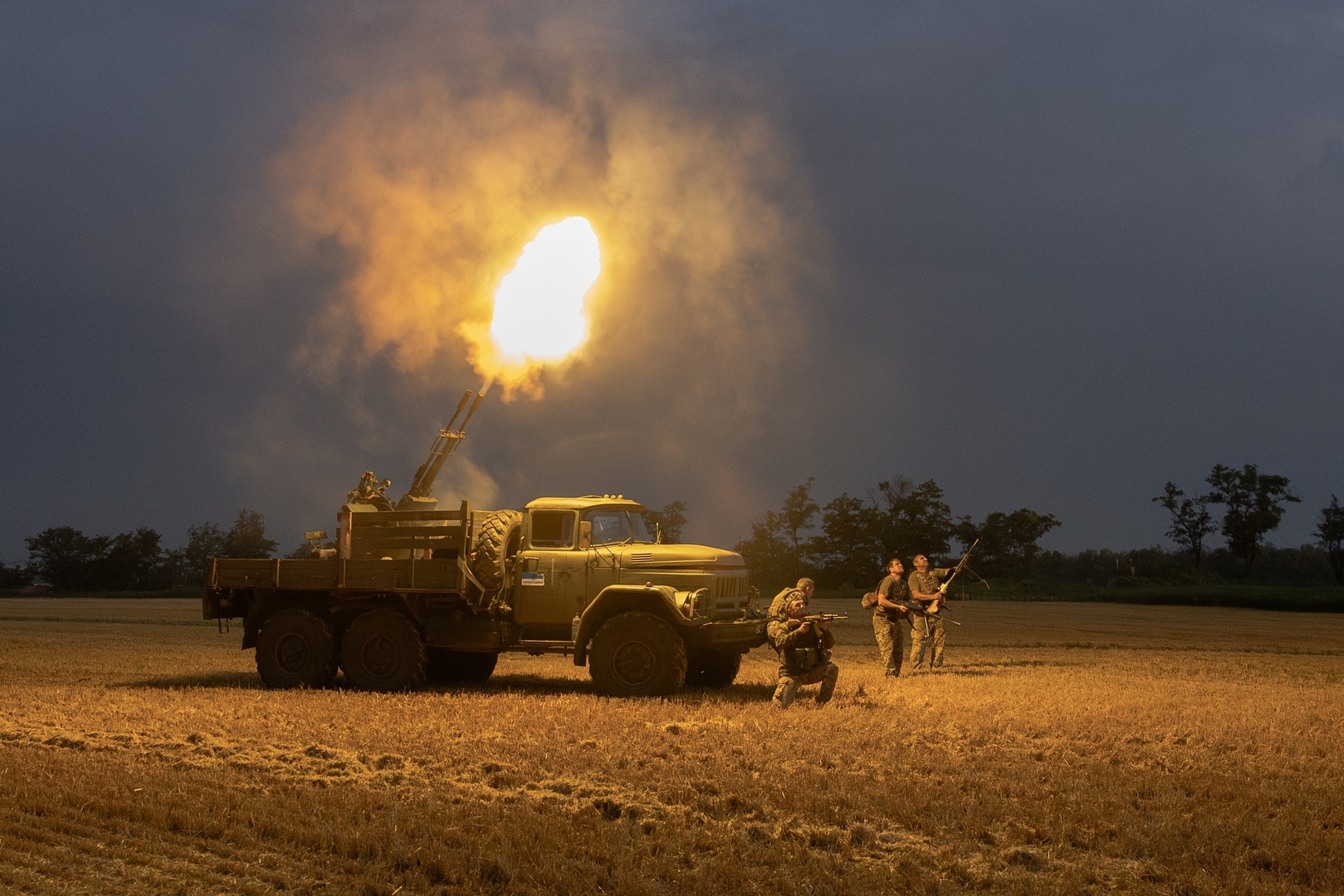
LONDON — More than three years into Russia’s full-scale invasion of Ukraine, the nation is experiencing an unprecedented surge in aerial attacks, compelling citizens across the country to seek nightly refuge in bomb shelters and metro stations. This summer has marked a significant increase in the duration Ukrainians spend in such shelters, a direct consequence of the extended reach of Moscow’s drone and missile arsenals.
Throughout July, Russia launched a record 6,443 drones and missiles into Ukraine, according to data published by the Ukrainian air force. This figure represents the highest total recorded since the commencement of the war, surpassing the previous month’s total by approximately 13 percent. The initial bombardments of Kyiv and other major cities commenced on Feb. 24, 2022, and have persisted without cessation.
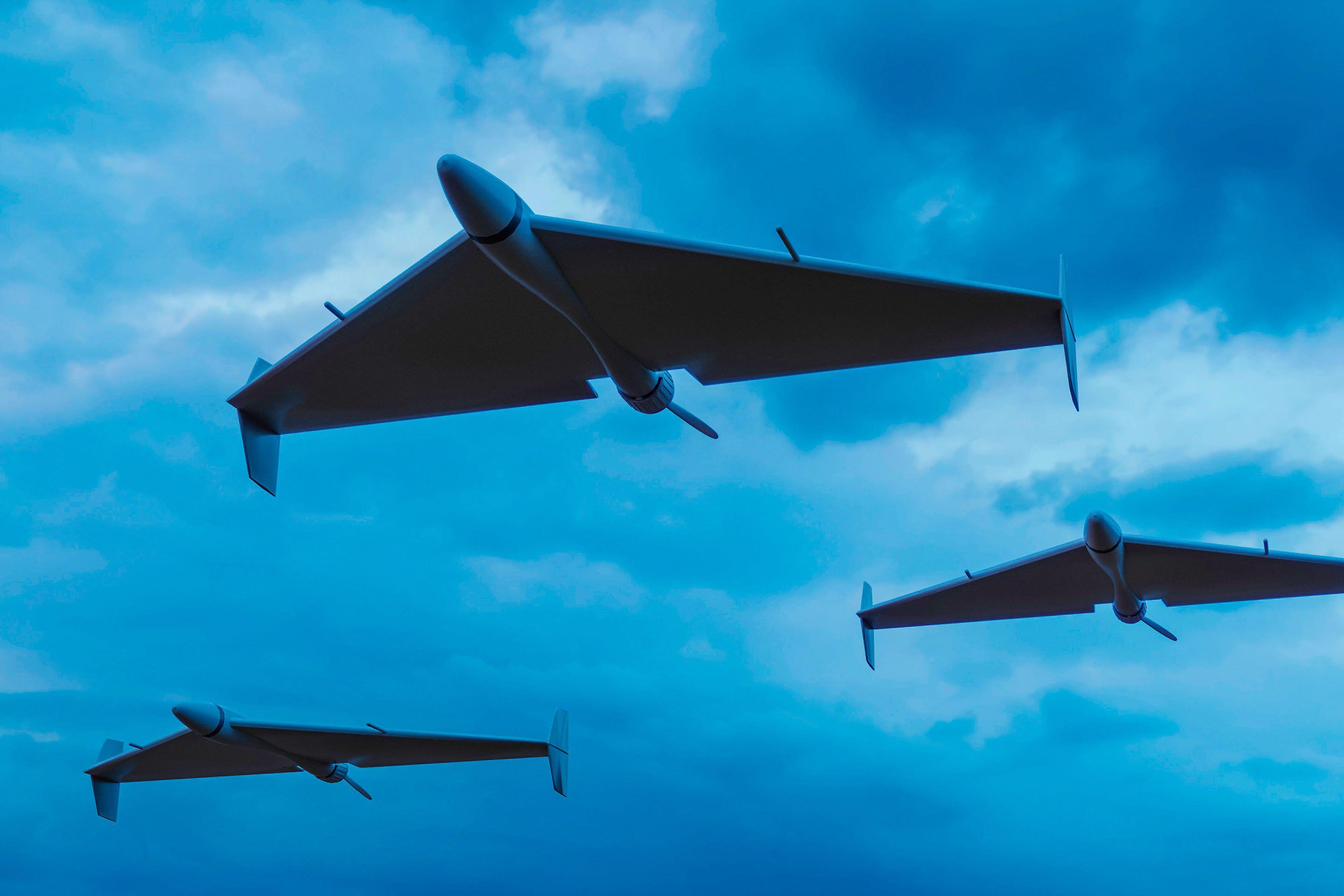
The scale and complexity of Russia’s drone and missile barrages have demonstrated a steady increase throughout the conflict. The Iranian-designed Shahed strike drone, adopted by the Russian military and rebranded as the Geran, has emerged as a primary asset in Moscow’s ongoing nightly assaults on Ukrainian cities and critical infrastructure.
For many Ukrainians, these Shahed and Geran variants, often referred to as “flying mopeds” due to their distinctive sound, have become symbolic of the persistent Russian threat. The impact of these strikes is characterized by their terrorizing and deadly nature, contributing to a significant rise in civilian casualties.
June saw the highest monthly level of Ukrainian civilian casualties in more than three years, according to data published by the UN Human Rights Monitoring Mission in Ukraine. This period recorded 232 people killed and 1,343 people injured, underscoring the severe human cost of the intensified aerial campaign.

Neither Russia nor Ukraine routinely release comprehensive data detailing the full scope of their respective strike campaigns. However, Ukraine’s air force provides a daily tally of Russian drone and missile strikes, while Russia’s Defense Ministry primarily reports figures pertaining to Ukrainian drones that have been intercepted.
July marked a notable high-water mark for Russian drone attacks on Ukraine. Analysis of data published by the Ukrainian air force by ABC News indicated a total of 6,245 attack and decoy drones were launched into the country over the past month. This averaged approximately 201 drones per day, signifying a continuous and extensive aerial assault.
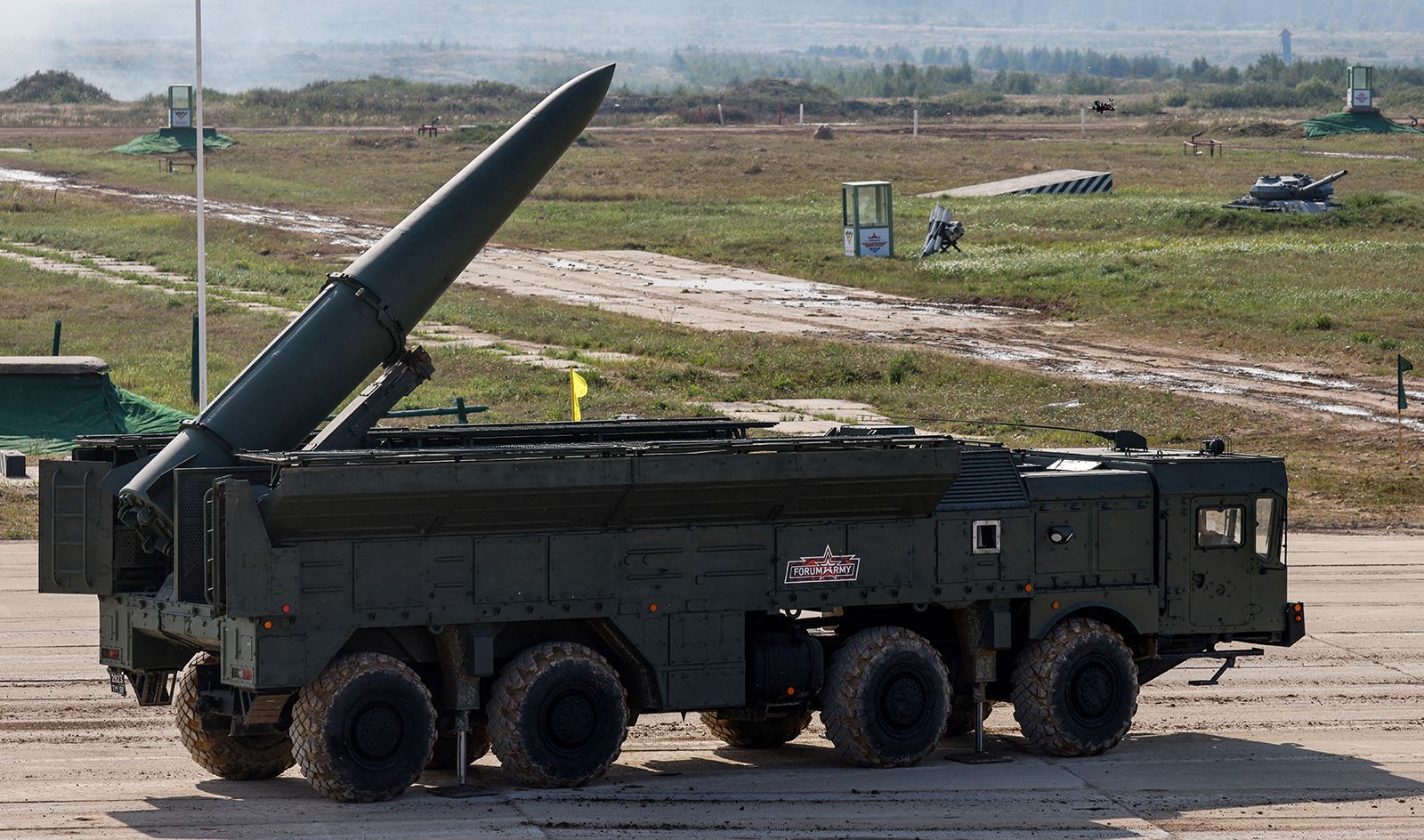
In addition to drones, Russia launched 198 missiles throughout July, with an average rate exceeding six missiles per day. While Ukraine has maintained a significant interception rate against these incoming projectiles, a substantial number still reach their intended targets with devastating consequences.
During July, approximately 89 percent of drones and around 61 percent of missiles were successfully shot down or otherwise suppressed by Ukrainian defense systems. For comparison, June recorded 5,438 drones and 239 missiles fired into Ukraine, with daily averages of 181 drones and nearly eight missiles, and an interception rate of 87.2 percent for drones and 73 percent for missiles.

Further, in May, Russia initiated 3,835 drones and 117 missiles, averaging around 124 drones and nearly four missiles daily. During that month, 85.7 percent of drones and 57 percent of missiles were either shot down or suppressed by Ukrainian forces.
The increasing volume of attacks has been a consistent trend. “Right now, Ukraine sees around 300 to 400 drones attacking civilian targets every day — these types of numbers were unheard of in 2023 or 2024,” Yuriy Boyechko, the founder and CEO of the Hope for Ukraine charity, told ABC News.
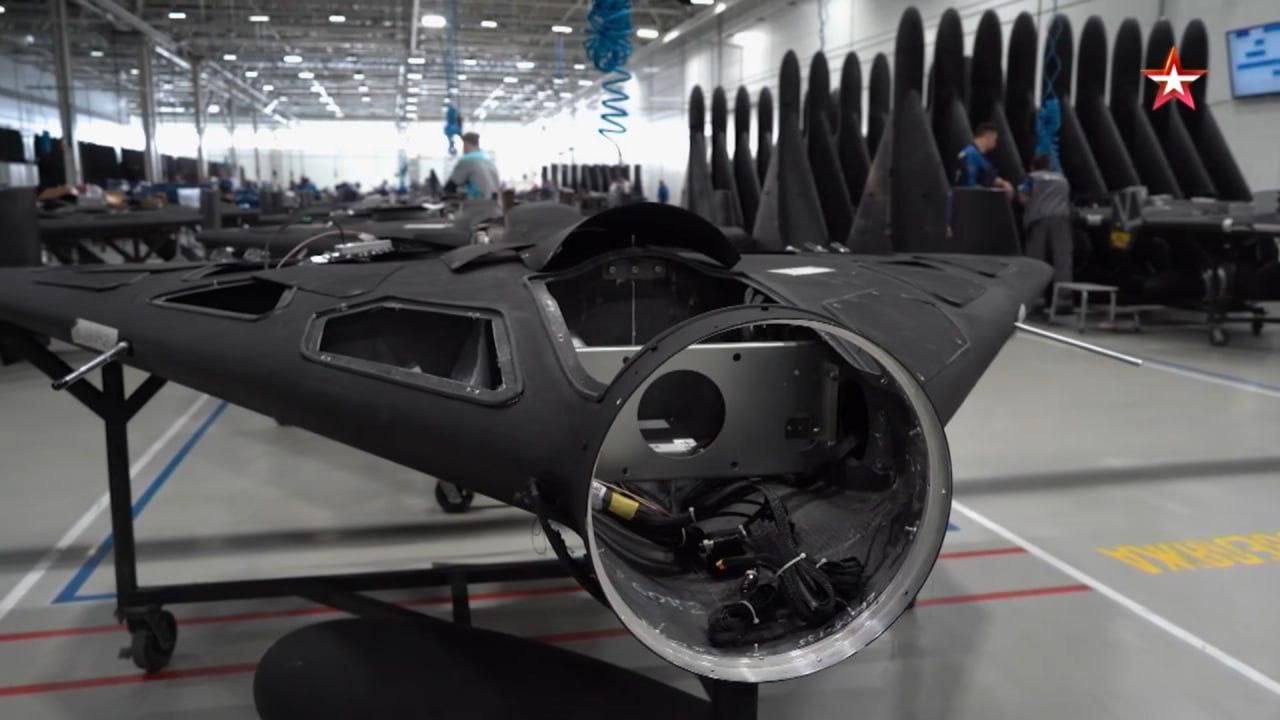
Moscow has exhibited no indications of de-escalation, with Russian officials and state media actively promoting the country’s expanding drone production capabilities. A recent report by the Zvezda television channel showcased operations at a Geran factory located in Alabuga, within Russia’s Republic of Tatarstan, where workers were observed constructing and accumulating dozens of attack drones, preparing them for deployment.
The design of these attack drones continues to evolve. Initial versions were characterized by their light gray coloration, low-altitude flight, and relatively slow speed, typically carrying high-explosive and fragmentation payloads and powered by turbines. More recent Geran variants are painted black and incorporate special materials designed to evade radar detection.
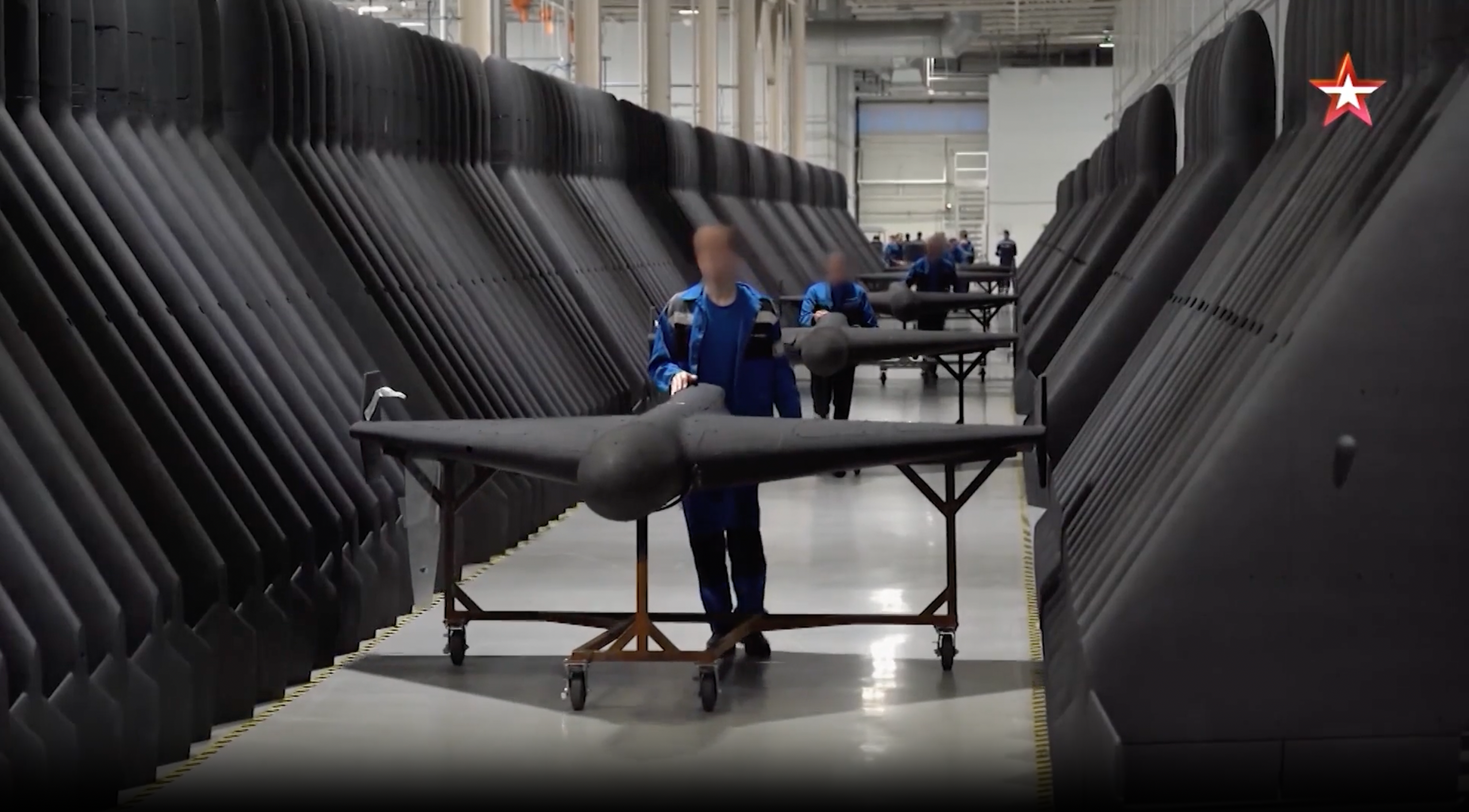
These newer drones also fly at higher altitudes and follow tortuous routes to circumvent Ukrainian defense teams. Reports from Ukrainian defenders indicate that some recent Gerans are equipped with thermobaric warheads, feature enhanced armor, and are powered by jet engines. There are also reports that recent Geran models are utilizing AI targeting systems, indicating a technological advancement in their capabilities.
Warnings issued by the Institute for the Study of War think tank and German Maj. Gen. Christian Freuding suggest that Russian forces may soon possess the capacity to launch between 1,000 and 2,000 drones per day. Pasi Paroinen, an OSINT analyst at the Finland-based Black Bird Group, further conveyed to ABC News his belief in the feasibility of Russia soon launching 1,000 drones per night.




